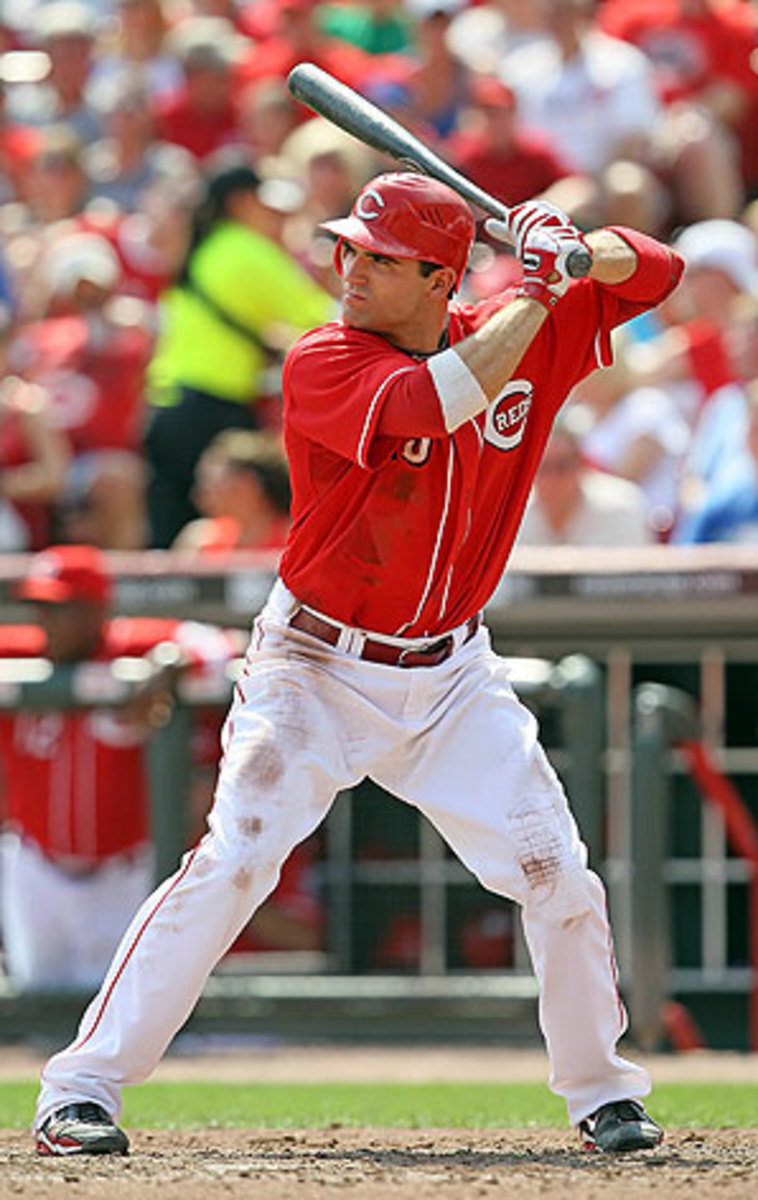
Why winning hitters' Triple Crown has become all but impossible
"Triple Crown" is one of those phrases that has an tinge of antiquity to it, like the word "mitt" or referring to "base ball" or the mythical creature called the "doubleheader". Leading the league in the traditional "big three" categories of batting average, home runs and RBI just isn't done any longer. No baseball fan under 50 has a memory of seeing a Triple Crown, the last being achieved by Carl Yastrzemski in 1967. For three players -- Joey Votto, Albert Pujols and Carlos Gonzalez -- to be making a run at the Crown is highly unusual.
To some, the lack of Triple Crown winners in modern baseball is, like the lack of complete games or the decline in contact hitting, a sign that today's players lack skills that their forefathers did. As with those issues and a host of others, the reasons have more to do with evolution and math than they do any change in the character of baseball players. It's harder to lead the league in three categories now because it's harder to lead the league in any one category now. The baseball Triple Crown went from an achievement that happened now and again to a rarity the minute baseball expanded past eight teams per league. The table at right shows the relationship of league size to Triple Crown winners.
To provide some detail, note that the 12-team Triple Crown occurred in 1894, the second year in which pitchers were hurling from 60 feet, six inches and a year of extremely high offense. Hugh Duffy hit .440 in winning his Crown. The six-team Crown was the very first one, by Paul Hines in 1878. In modern baseball, since 1901, no player has won a Triple Crown in any league of greater than 10 teams, and just two have won in leagues of that size, Frank Robinson in 1966 and Yastrzemski in '67.
To get an idea of the difficulties Votto, Pujols and Gonzalez face, consider that in 1925, when Rogers Hornsby won his second Triple Crown, just 37 players in the eight-team NL met the modern batting-title standard of 3.1 plate appearances per team game. That's just 37 players to beat out for a batting title (setting aside for the moment that the qualifiers have changed over the years), just 37 regulars in the league playing enough to be a threat for the home-run and RBI titles.
Fast-forward to 1966, and you find that 44 players were batting-title qualifiers in the 10-team American League, 44 regulars for Robinson to beat out in the three categories. Note that the increase over 1925 is seven players, which doesn't sound like much, but means a pool nearly 20 percent larger. In the 16-team National League of 2009, 77 players qualified for the batting title. To win any batting category last year, you had to beat out twice as many regulars as did Hornsby, and 75 percent more than did Robinson. Note that the number of "regulars" per team is roughly constant between four and five throughout the game's history; it's the increase in league size that changes the math.
That is why Triple Crown winners have gone the way of Ladies' Days and train travel to ballgames. The jump from an eight-team league to a 10-team league made it difficult, and the jump to larger leagues made it virtually impossible. If any of the three challengers manages to turn the trick in 2010, they will have achieved something we may not ever see again.





